Increasing Air Pollution Levels
The rising levels of air pollution in urban areas are a primary driver for the Anti Pollution Mask Market. According to recent data, cities with high pollution levels have seen a surge in respiratory diseases, prompting consumers to seek protective measures. The World Health Organization indicates that air pollution is responsible for millions of premature deaths annually, which has heightened awareness regarding air quality. As a result, the demand for anti-pollution masks has escalated, with market analysts projecting a compound annual growth rate of over 10% in the coming years. This trend suggests that consumers are increasingly prioritizing health and safety, thereby driving the growth of the Anti Pollution Mask Market.
Shift Towards Sustainable Products
The shift towards sustainable products is emerging as a significant driver for the Anti Pollution Mask Market. Consumers are becoming more environmentally conscious and are actively seeking products that align with their values. This trend has led to an increase in the demand for eco-friendly anti-pollution masks made from sustainable materials. Brands that prioritize sustainability are likely to gain a competitive edge in the market, as consumers are willing to pay a premium for products that are both effective and environmentally responsible. This growing preference for sustainable options is expected to shape the future of the Anti Pollution Mask Market.
Government Regulations and Initiatives
Government regulations aimed at improving air quality are significantly influencing the Anti Pollution Mask Market. Many countries have implemented stringent air quality standards and initiatives to combat pollution, which often include public health campaigns promoting the use of protective gear. For instance, regulations mandating the reduction of emissions from vehicles and industries have led to increased public awareness about air pollution. Consequently, this has resulted in a heightened demand for anti-pollution masks as individuals seek to comply with health recommendations. The market is expected to benefit from ongoing government support and initiatives, which could further bolster the Anti Pollution Mask Market.
Rising Health Awareness Among Consumers
There is a notable increase in health awareness among consumers, which is driving the Anti Pollution Mask Market. As individuals become more informed about the health risks associated with air pollution, they are more inclined to invest in protective measures. Surveys indicate that a significant percentage of consumers are now actively seeking products that can mitigate health risks, including anti-pollution masks. This trend is particularly evident in densely populated regions where pollution levels are high. The market is likely to expand as health-conscious consumers prioritize their well-being, leading to a sustained increase in demand for anti-pollution masks.
Technological Innovations in Mask Design
Technological innovations in mask design are playing a crucial role in shaping the Anti Pollution Mask Market. Advances in filtration technology have led to the development of masks that offer superior protection against particulate matter and harmful pollutants. For example, the introduction of multi-layered filtration systems has enhanced the effectiveness of masks, making them more appealing to consumers. Additionally, the integration of smart technologies, such as air quality monitoring features, is attracting tech-savvy individuals. These innovations not only improve the functionality of anti-pollution masks but also contribute to a growing market, as consumers are increasingly drawn to high-performance products.


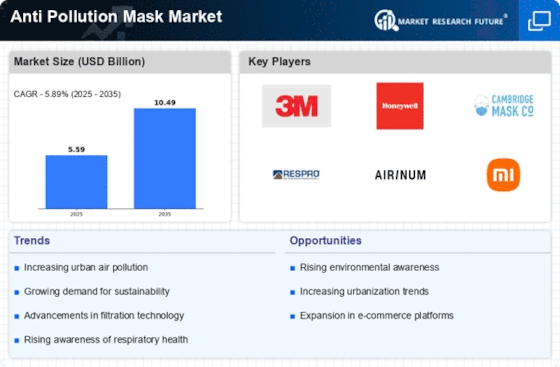

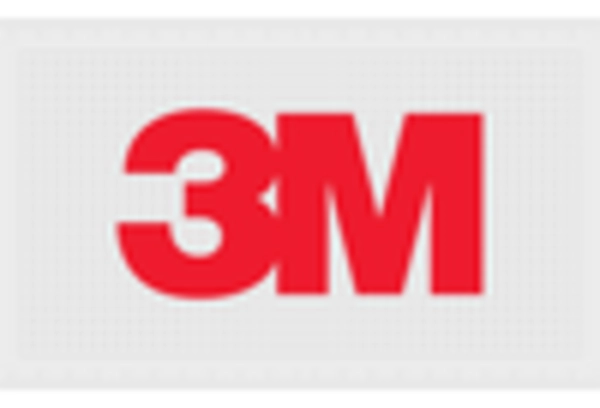
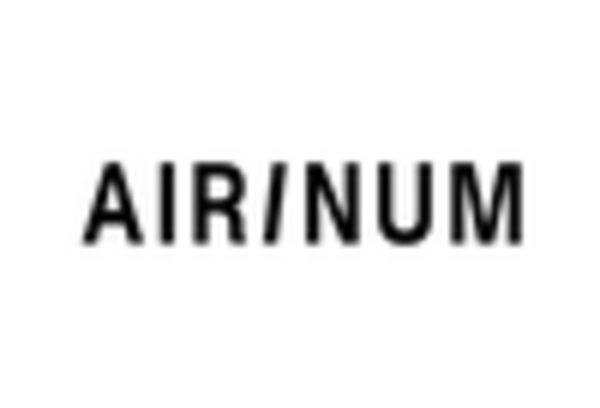
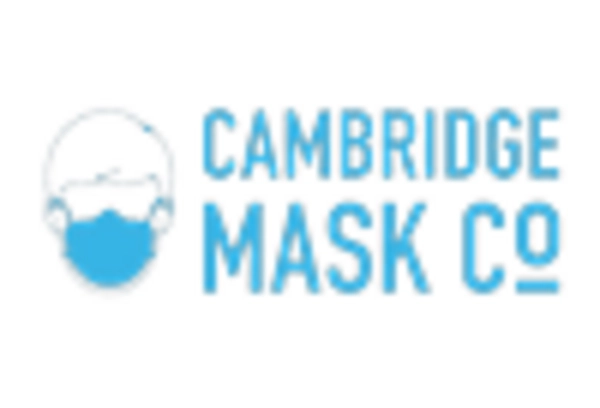
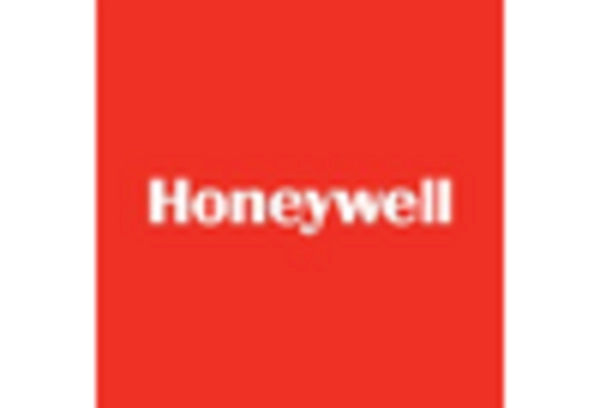
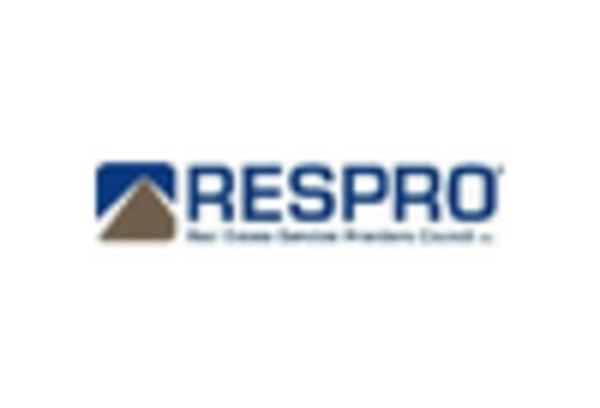
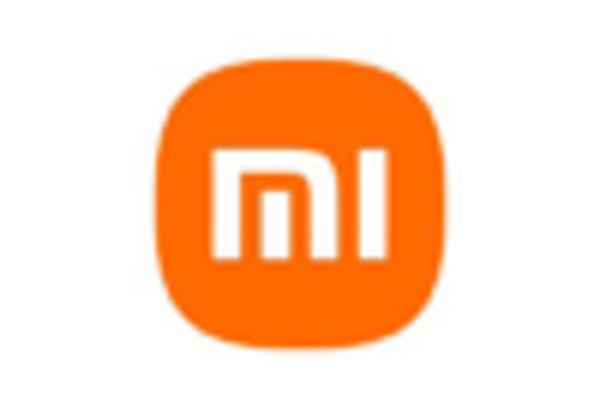








Leave a Comment